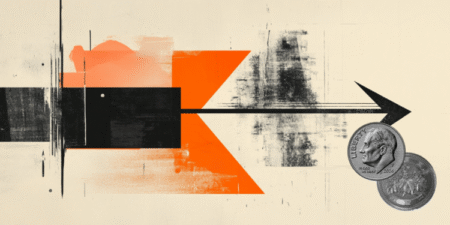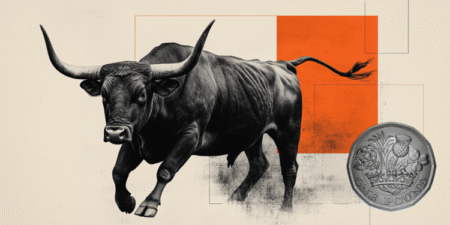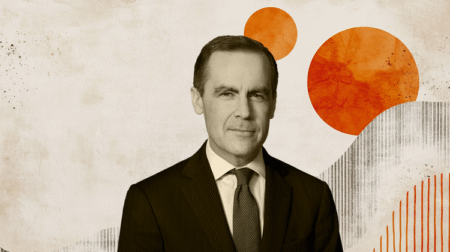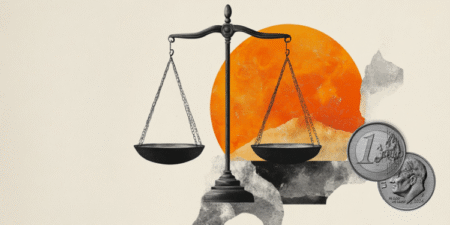- The New Zealand Dollar extends gains on US Dollar’s weakness, nearing 0.6000.
- Soft US CPI data has boosted expectations of Fed cuts in September.
- The extended trade truce between US and China provides additional support to the NZD.
The New Zealand Dollar appreciates further on Wednesday after breaching resistance at 0.5970 (July 29, August 8 highs), and the pair advances towards the 0.6000 psychological level, boosted by risk appetite and a weaker US Dollar.
Investors are celebrating the moderate US inflation figures released on Tuesday, which have cemented expectations that the Federal Reserve will opt for a rate cut in September, to support the softening labour market. Bets on a 25 bps cut next month have increased to 95%, from 85% before the USCPI release and about 50% one month ago, according to data by the CME Fed Watch tool.
Moderate US inflation boosts hopes of Fed cuts
US Consumer Price Index figures for July revealed that yearly inflation remained steady at 2.7%, against market expectations of an uptick to 2.8%. The core inflation increased slightly above expectations, 3.1% against the consensus 3.0%, from 2.9% in June; these figures, however, did not dent investors’ hopes of lower interest rates.
The calendar is thin today, with only the conferences from Fed officials Austan Goolsbee and Raphael Bostic worth mentioning. Recent comments from these policymakers have been leaning to the dovish side; in that sense, they are unlikely to provide any significant support to the USD.
Regarding the Kiwi, no news is good news in this case. The US and China agreed to extend their trade truce for 90 days, easing tensions between the world’s largest economies and fuelling risk appetite further, to the benefit of China proxies like the New Zealand Dollar.
Inflation FAQs
Inflation measures the rise in the price of a representative basket of goods and services. Headline inflation is usually expressed as a percentage change on a month-on-month (MoM) and year-on-year (YoY) basis. Core inflation excludes more volatile elements such as food and fuel which can fluctuate because of geopolitical and seasonal factors. Core inflation is the figure economists focus on and is the level targeted by central banks, which are mandated to keep inflation at a manageable level, usually around 2%.
The Consumer Price Index (CPI) measures the change in prices of a basket of goods and services over a period of time. It is usually expressed as a percentage change on a month-on-month (MoM) and year-on-year (YoY) basis. Core CPI is the figure targeted by central banks as it excludes volatile food and fuel inputs. When Core CPI rises above 2% it usually results in higher interest rates and vice versa when it falls below 2%. Since higher interest rates are positive for a currency, higher inflation usually results in a stronger currency. The opposite is true when inflation falls.
Although it may seem counter-intuitive, high inflation in a country pushes up the value of its currency and vice versa for lower inflation. This is because the central bank will normally raise interest rates to combat the higher inflation, which attract more global capital inflows from investors looking for a lucrative place to park their money.
Formerly, Gold was the asset investors turned to in times of high inflation because it preserved its value, and whilst investors will often still buy Gold for its safe-haven properties in times of extreme market turmoil, this is not the case most of the time. This is because when inflation is high, central banks will put up interest rates to combat it.
Higher interest rates are negative for Gold because they increase the opportunity-cost of holding Gold vis-a-vis an interest-bearing asset or placing the money in a cash deposit account. On the flipside, lower inflation tends to be positive for Gold as it brings interest rates down, making the bright metal a more viable investment alternative.
boosts
Read the full article here
















